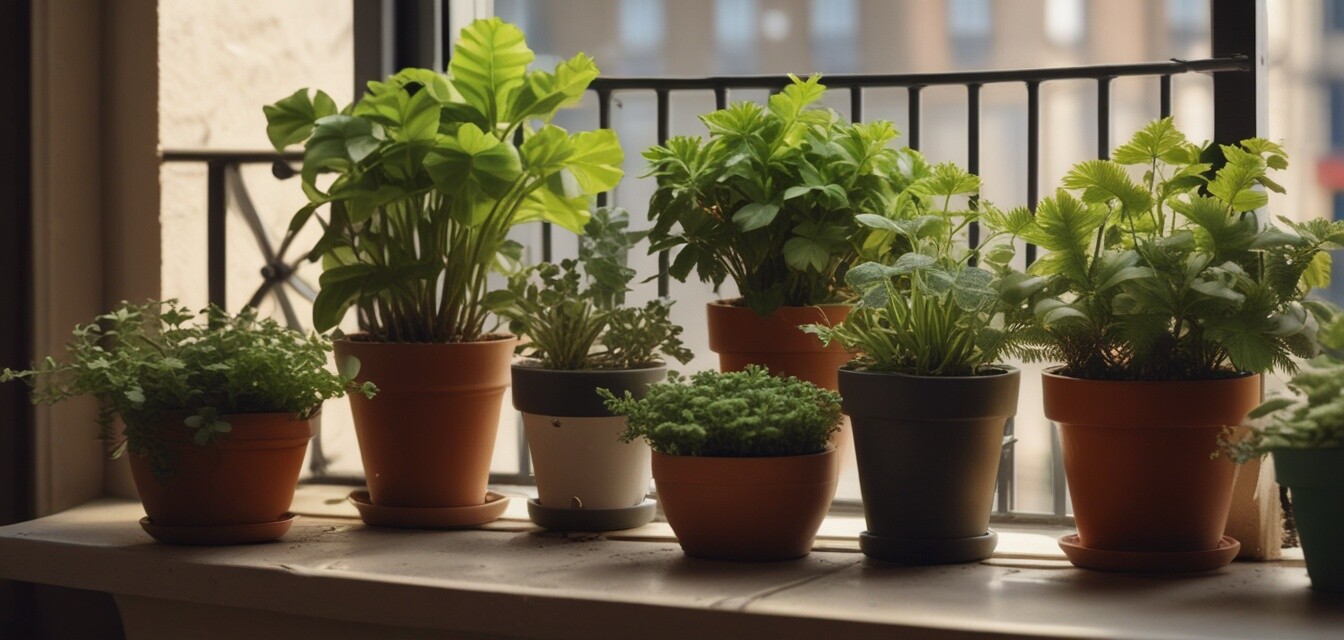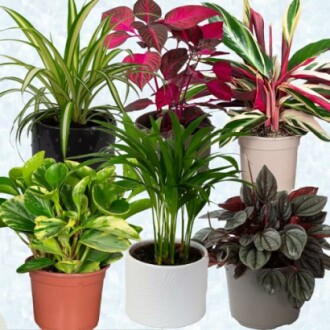
Selecting Potting Mix for Houseplants
Key Takeaways
- Choose potting mixes based on plant type and specific growth needs.
- Factors such as drainage, moisture retention, and nutrient availability are essential.
- Consider mixing your own potting mix for plants with unique requirements.
Potted plants bring life and color to your indoor spaces, and selecting the right potting mix is crucial for their growth and health. This guide aims to help you understand the different types of potting mixes, their components, and how to choose the right one for your houseplants.
Why Potting Mix Matters
Potting mix serves as more than just a holder for your plants; it provides essential nutrients, anchors the plant, and facilitates water and air circulation. This section discusses the importance of choosing the right mix.
Benefits of Quality Potting Mix
- Improved Drainage: Prevents root rot by ensuring excess water does not accumulate.
- Moisture Retention: Maintains an optimal moisture level that is ideal for plant roots.
- Nutrient Supply: Provides essential nutrients for healthy plant growth.
Types of Potting Mixes
There are various types of potting mixes available, tailored to different types of houseplants. Here's a breakdown of popular options:
| Mix Type | Best For | Main Ingredients |
|---|---|---|
| Standard Potting Mix | Most houseplants | Sphagnum moss, perlite, vermiculite |
| Cactus and Succulent Mix | Cacti, succulents | Sand, pumice, perlite |
| Orchid Mix | Orchids | Bark, charcoal, perlite |
| Seed Starting Mix | Seeds and seedlings | Sphagnum moss, coconut coir |
How to Choose the Right Potting Mix
Selecting the right potting mix involves understanding your plants' preferences and the environment in which they're growing. Here are some tips:
- Consider Plant Type: Different plants have unique needs when it comes to drainage and moisture retention.
- Check for Ingredients: Look for high-quality components and avoid mixes with added chemicals.
- Test Moisture Retention: A good potting mix should hold moisture without becoming waterlogged.
Mixing Your Own Potting Mix
For those with specific requirements, making your own potting mix is an excellent option. Here’s a simple recipe to get started:
- Combine equal parts of peat moss and perlite.
- Add a handful of vermiculite for better moisture retention.
- Mix in a slow-release fertilizer for nutrient availability.
Special Considerations for Pet Owners
If you are a pet owner, it's crucial to choose houseplants that are safe for your furry friends. Consider mixing potting materials that are compatible with pet-friendly plants. For example, using the 6 x Pet Friendly House Plants can ensure that your indoor greenery is safe.
6 x Pet Friendly House Plants
A collection of low-maintenance, non-toxic house plants perfect for pet owners, ensuring safety and vibrancy in your home.
Learn MoreCommon Potting Mix Issues and Solutions
Sometimes potting mixes can lead to issues. Here’s how you can tackle some common problems:
| Issue | Solution |
|---|---|
| Root Rot | Improve drainage by using a mix with more perlite or pumice. |
| Overdrying | Switch to a mix with good moisture retention like peat or coconut coir. |
| Slow Growth | Use a slow-release fertilizer to provide necessary nutrients. |
Recommended Brands of Potting Mix
While you can create your own potting mix, there are also many quality pre-made options available. Here’s a short list of recommended brands:
- Miracle-Gro Potting Mix
- Espoma Organic Potting Mix
- FoxFarm Ocean Forest Potting Soil
Conclusion
Selecting the right potting mix is foundational for successful indoor gardening. Understanding your plants' specific needs will help you choose the perfect mix, whether it be standard potting mix, succulent-specific blends, or something custom-made. Remember to always prioritize quality ingredients to achieve the best results in your indoor oasis.
Tips for Novice Gardeners
- Start with quality brands to save time and frustration.
- Don’t hesitate to combine different mixes to get the right consistency for your plants.
- Keep a journal to track what works and what doesn’t for your future reference.
